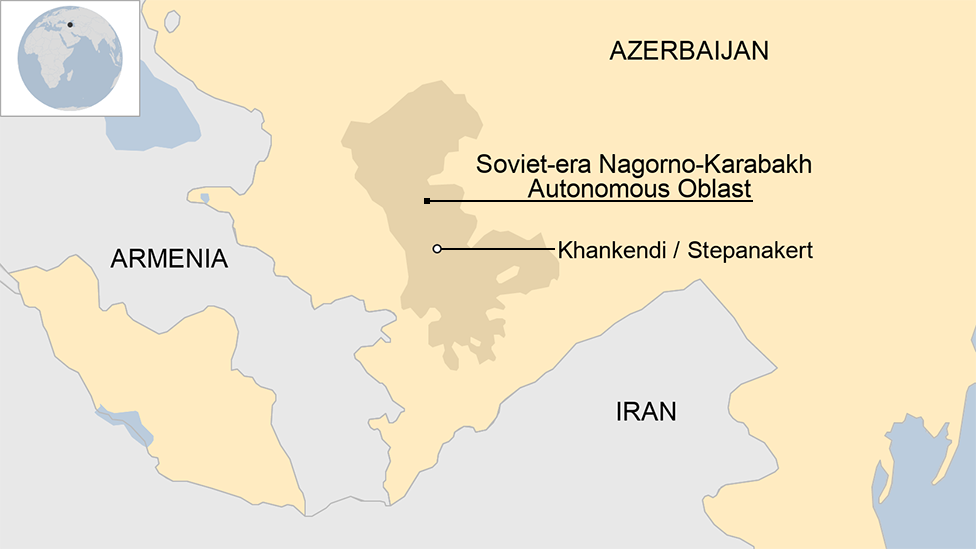Nagorno-Karabakh's cocktail of conflict explodes again
- Published
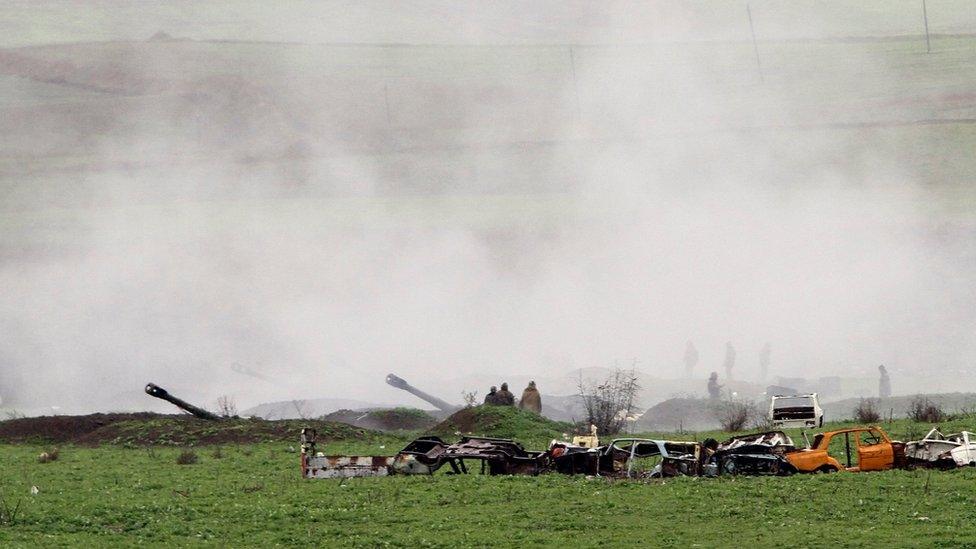
Each side has blamed the other for starting the violence
Of all the unresolved conflicts that erupted as the Soviet Union broke up, the one between Armenians and Azerbaijanis over Nagorno-Karabakh has always been the most menacing.
Now Armenians, Azerbaijanis and the wider world have been reminded that this conflict is a tinderbox that can still ignite to disastrous effect. The 1994 ceasefire has been shattered. The main victims amongst several dozen dead are the young conscripts who serve in the armed forces on either side.
The way the conflict of the 1990s ended made for an inherently unstable situation. The 1994 truce left behind a ceasefire line that cut across Azerbaijani territory with no international peacekeepers on the ground.
The traumatic war and hatred of the other is fundamental to the two independent nations of Armenia and Azerbaijan.
Hand of Moscow?
There is little will for compromise. For Azerbaijan - which in the conflict lost not just the Armenian-majority region of Karabakh itself but, wholly or partially, seven other regions of its country - anti-Armenian bellicosity is especially strong.
What's more, the external pressure from the three international mediators - France, Russia and the United States - to resolve the conflict has always been weaker than the resistance from Armenia and Azerbaijan to the idea of compromise.
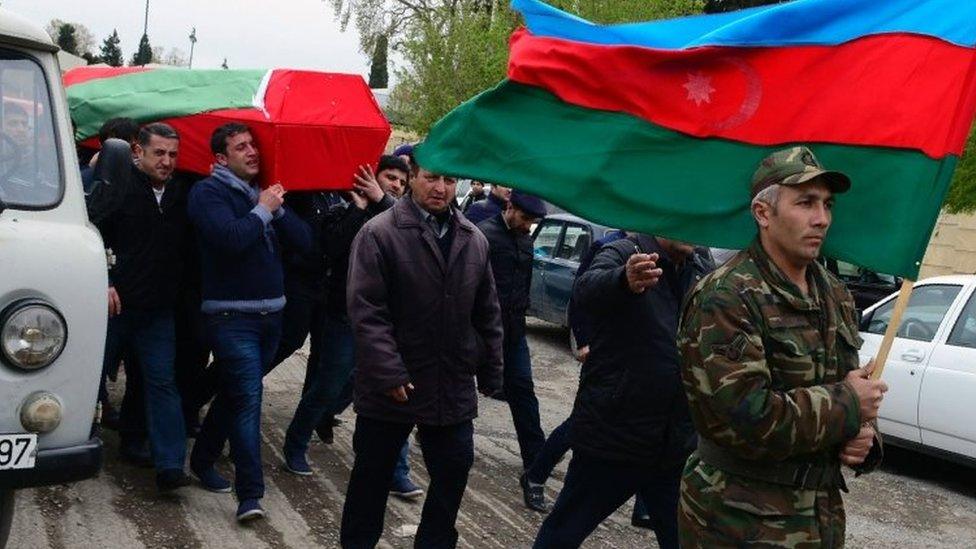
Soldiers have been killed and there have also been civilian casualties

It is the worst outbreak of violence between the sides in decades
In the last few years it has got worse. Gone are the days when young soldiers would sit in quiet trenches in the mountains and take occasional pot-shots across the line.
Azerbaijan has spent billions of dollars of revenues from its Caspian Sea oil wealth on new weaponry. The so-called Line of Contact between the two sides became the most militarised zone in the wider Europe, bristling with tanks and heavy artillery.
Add to that a breakdown in trust between the West and Russia, who are supposed to be mediating the dispute, and you had a real cocktail of potential conflict.
It is hard to see through the fog of war to understand clearly what happened in the last two days.
There is a widespread tendency to see here the "hand of Russia" in this, an attempt by Moscow to manufacture a situation where it can intervene and deploy Russian peacekeepers on the ground. For sure, Russian Foreign Minister Sergei Lavrov has been working hard recently on a new plan to resolve the conflict that would make Russia the guarantor of a peace.
Russia certainly has strong interests on both sides, including a longstanding military alliance with Armenia.
Yet, though influential, Russia is not in the driving seat of this conflict. Armenia and Azerbaijan are. Russia has no presence on the ground in Karabakh, having failed in its plan to have Russian peacekeepers deployed to the region in 1994.
Several peace plans authored or co-authored by Moscow have been rejected by one or both sides.
Possible scenarios
There are two scenarios that are more likely than others. Either there was an accidental breakdown of the ceasefire, started by either side, that was allowed to escalate before both sides suffered heavy losses and decided to stop.
Or, Azerbaijan decided to try to launch a small military operation to try to "change the facts on the ground" that would tilt the situation more in its favour and recapture lost lands - and Azerbaijan is indeed saying it captured some small pieces of territory.
This kind of operation would have the additional benefit of distracting the Azerbaijani population from the economic woes caused by falling oil prices.
Both the Armenian and Azerbaijani publics, who have good reason to be critical of their leaders, have indeed rallied round the nationalist flag in the last two days and forgotten about domestic problems.
There is now a new truce - declared unilaterally by Azerbaijan - but a fragile one and fighting is reported to continue. Emotions are high and the mood for revenge will be strong. This is not a conflict that the world can continue to ignore.
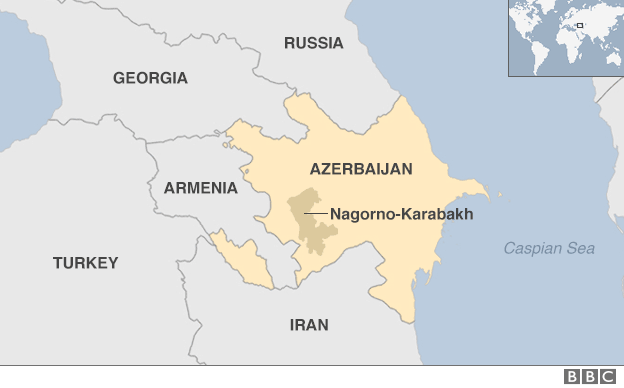

Frozen conflict over Nagorno-Karabakh
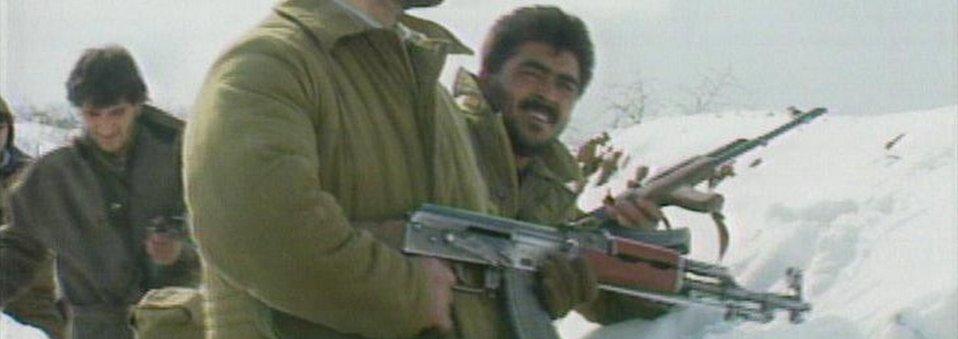
The conflict has roots dating back over a century to competition between Christian Armenian and Muslim Turkic and Persian influences
Frictions exploded into violence when the region's parliament voted to join Armenia in the late 1980s
The ethnic Azeri population - about 25% of the total before the war - fled Karabakh and Armenia while ethnic Armenians fled the rest of Azerbaijan
Russian-brokered ceasefire signed in 1994, leaving Karabakh and swathes of Azeri territory around the enclave in Armenian hands
The UN has expressed support for Azerbaijan's territorial integrity and demanded Armenian forces withdraw, external
Progress on a peace process stalled after talks between Armenian and Azeri leaders in 2009, and serious ceasefire violations have followed
Karabakh is an Azeri word meaning "black garden", while "Nagorno" is a Russian word meaning "mountain"
- Published7 April 2015

- Published8 January 2015
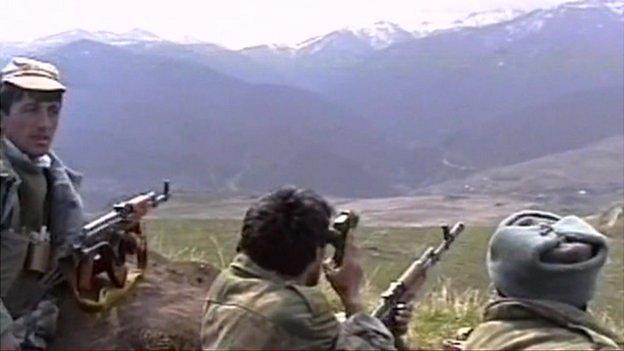
- Published30 January 2024
